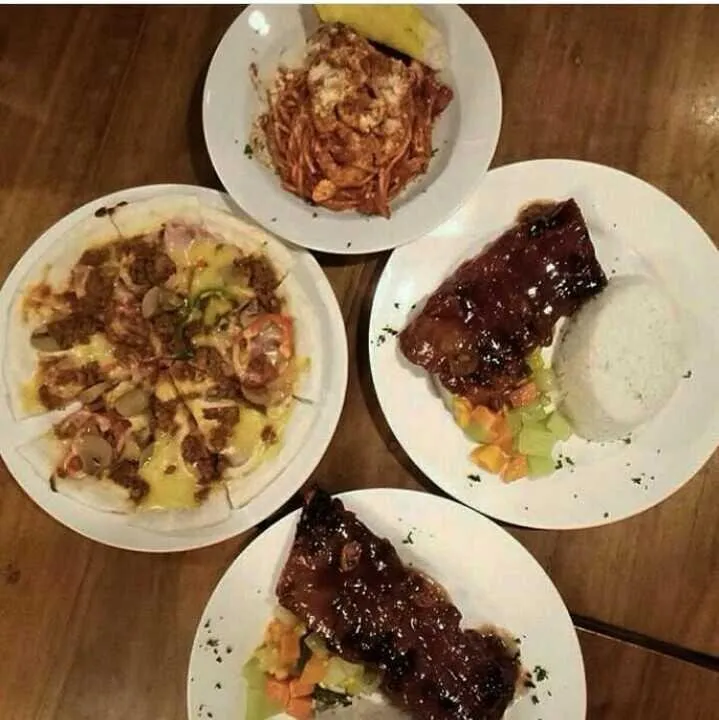
For some people food is just a necessity to satisfy basic needs, for the others food is more than just a basic necessity, but a pleasure that plays a significant role in their understanding of happiness. There are so many different cuisines and food preferences built by cultural and ethnical backgrounds, geographical locations and social classes. Food can tell us a lot about the history and traditions of various nations and regions. Meat eating habits, herbs and crops – everything makes its contribution to the traditional cuisine and culture. India is a land of spices, Africa is a continent of sauces, Europe discloses esthetical beauty of food and opens up new opportunities and inventions for those who value and enjoy eating.
Eating habits change over time and follow climate, cultural and other transformations that determined the evolution of the communities and other social cells. Changes in the way people serve the table, evolution of European and Asian business etiquette, food preferences according to the surveys in different countries and other elements that allow measuring and analysing the evolution of food help us understand the history.
Some of the recipes we keep through generations and these old traditions and knowledge are the only untouchable aspects that people try to bring with them. With globalization and exchange of knowledge between different countries, food becomes more accessible and now we have an opportunity to try and investigate various fruits and vegetables from different corners of the world. Transportation facilities made it possible to develop food trade and there are almost no borders that could limit English people from trying Indian or Chinese food. Other factor that spread and mix food preferences around the world are immigration and ethnical minorities that inevitably widen knowledge of local population about various cuisines.